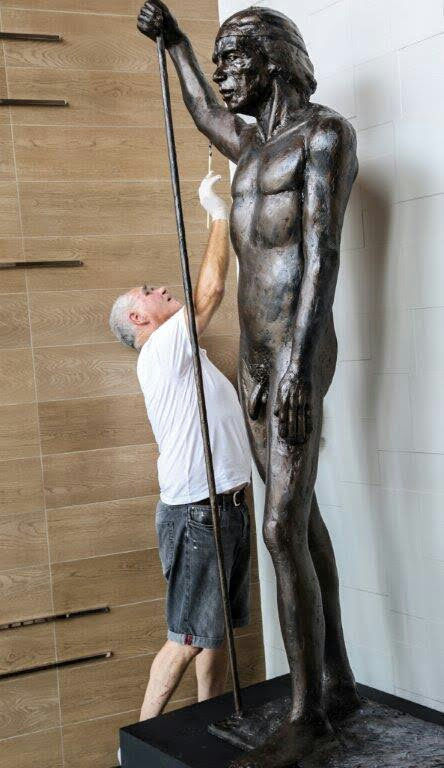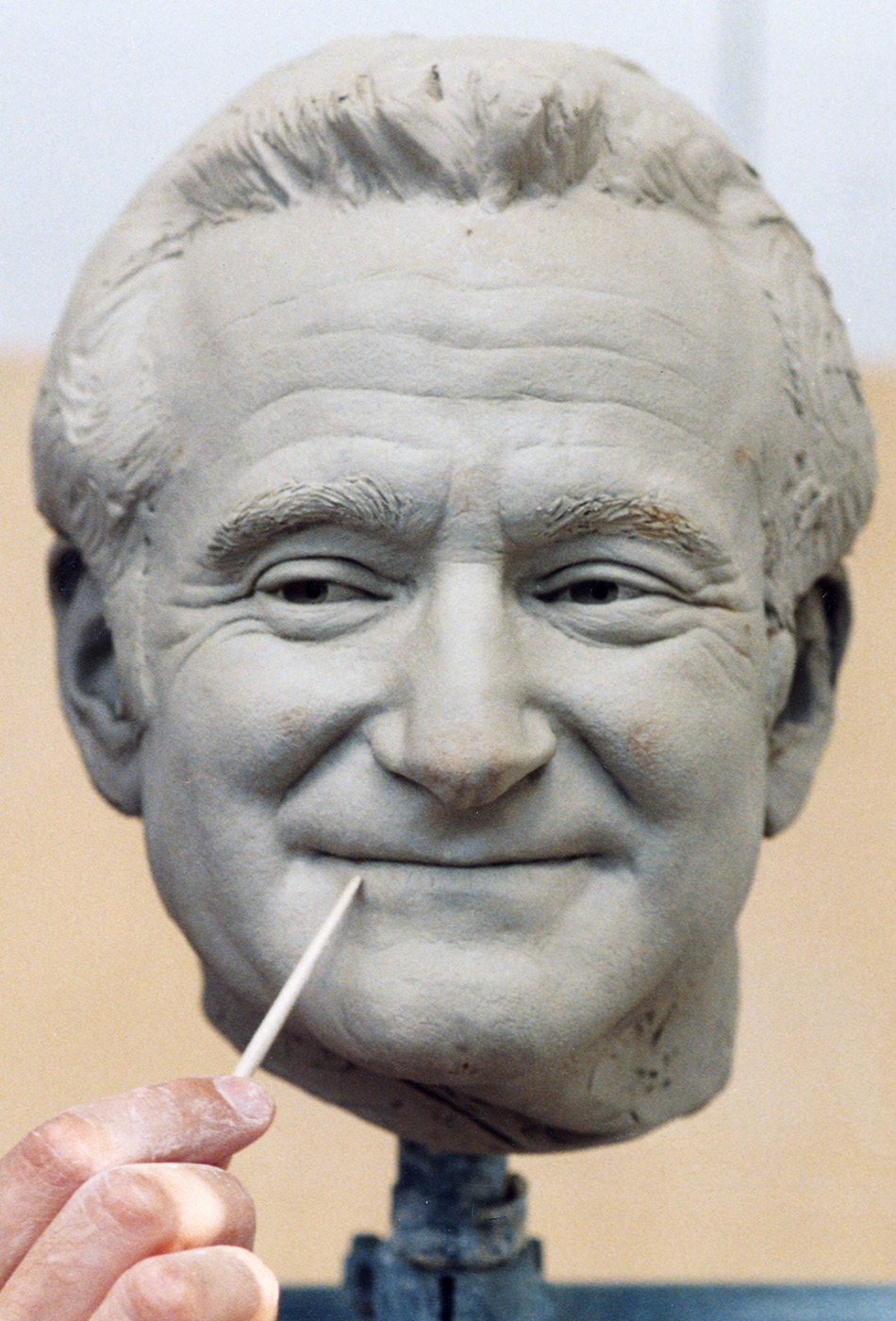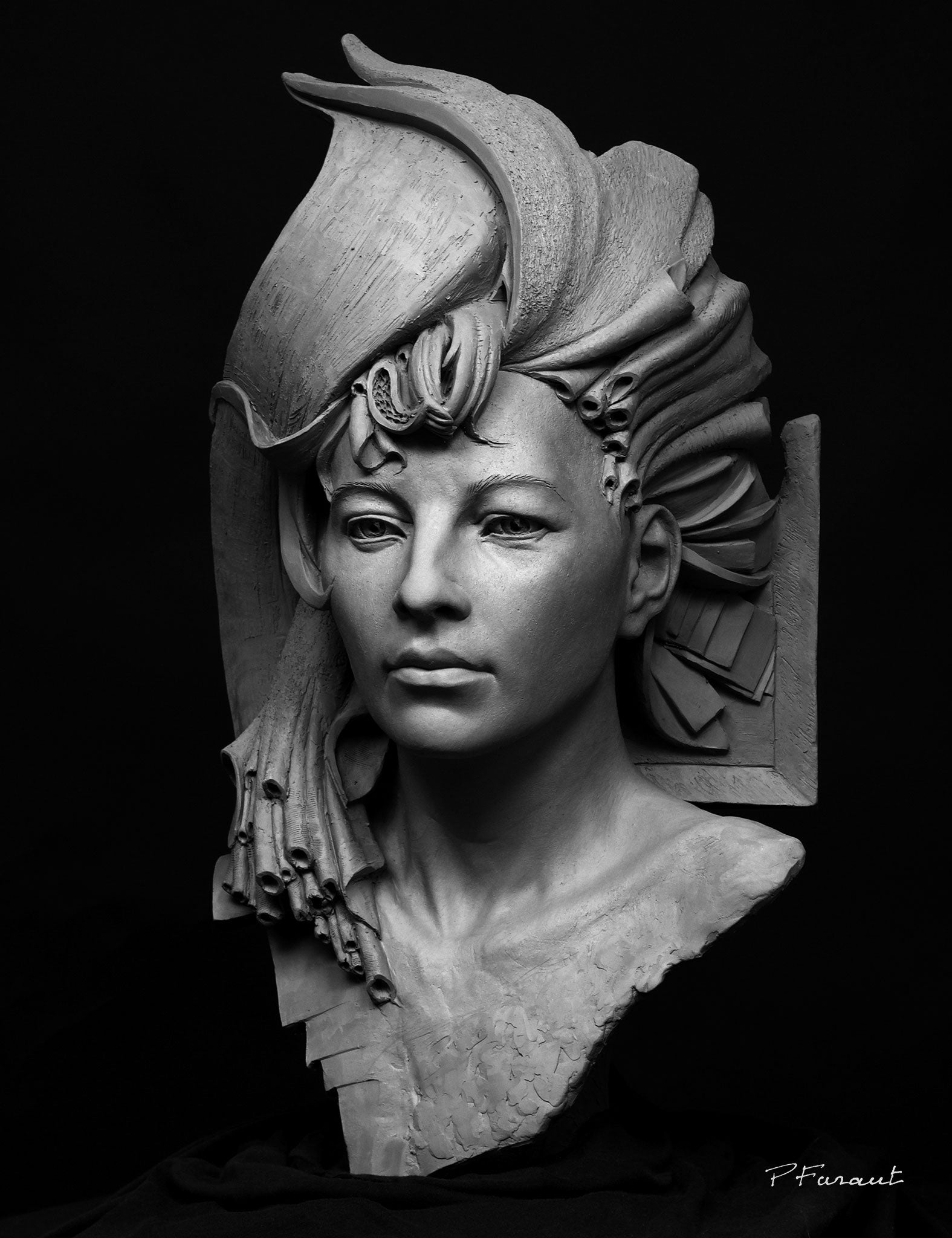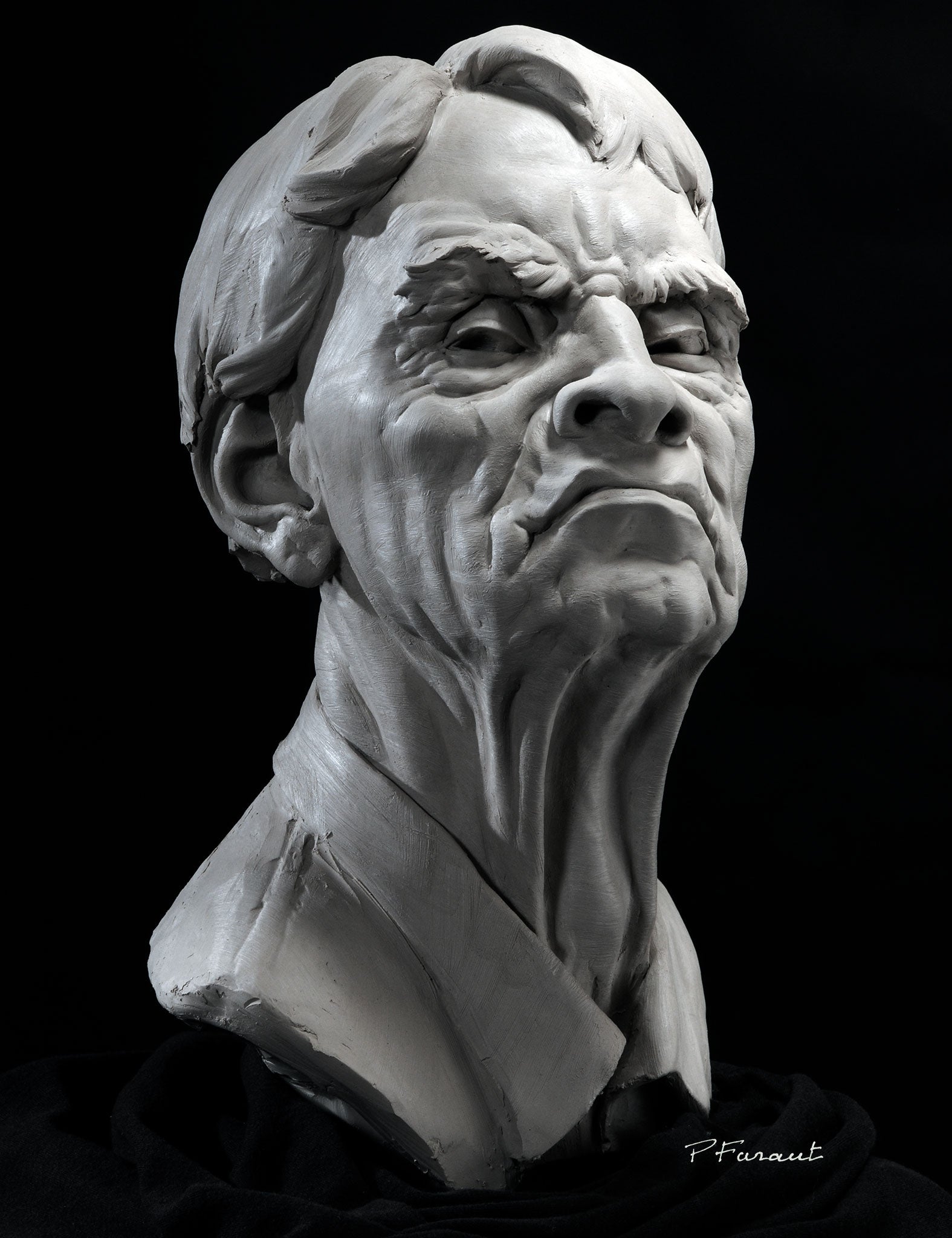In the Spirit of the Horse: Admire the Beauty of Equine Sculptures
Wiki Article
The Advancement of Sculptures: From Ancient to Modern
The Development of Sculptures: From Old to Modern. Portrait Sculptor.Sculpture, one of the oldest forms of art, has been an integral part of human civilization for centuries. From the ancient people of Egypt and Greece to the contemporary era, sculptures have evolved, mirroring changes in artistic strategies, products, and cultural impacts. This journey through time traces the advancement of sculptures, checking out the changes stylishly, subject issue, and imaginative expression.
Starting with the old globe, sculptures crafted from stone and later bronze recorded the essence of divine beings, rulers, and everyday life. The Renaissance duration witnessed a rebirth of classical sculpting strategies, as artists sought to imitate the elegant kinds of ancient Greek and Roman sculptures (Portrait Sculptor). In the modern-day period, musicians challenged typical borders, welcoming abstraction and testing with brand-new materials
This expedition will dig into the diverse development of sculptures, disclosing the abundant tapestry of artistic expression across different periods and societies.

Ancient Sculptures: From Stone to Bronze
Old sculptures transitioned from being carved out of stone to being cast in bronze. Stone sculptures, while excellent in their very own right, were limited by the nature of the product. Bronze Sculptures.The intro of bronze as a medium for sculptures caused a revolution in artistic expression. Bronze used carvers the chance to develop complex and natural kinds that were not feasible with stone. The process of casting bronze permitted the development of several copies of a sculpture, allowing broader distribution and preservation of these artistic masterpieces.
The shift from rock to bronze also saw a shift in the topic of sculptures. While stone sculptures mostly depicted gods, sirens, and mythical numbers, bronze sculptures began to mirror a more comprehensive range of topics, including day-to-day people and pets. This growth of topic showcased the convenience and versatility of the bronze medium.
Renaissance Revival: Shaping in the Classical Style
The Renaissance rebirth of sculpture saw a renewal in the classical design, building upon the improvements made during the transition from stone to bronze in ancient sculptures. During this duration, artists sought to recreate the classical aesthetic and perfects of elegance that were common in ancient Greek and Roman sculptures.Among the essential characteristics of the Renaissance rebirth was the emphasis on naturalism and the human type. Carvers like Donatello and Michelangelo strove to record the anatomical details and expressions of their topics with unmatched accuracy. They studied the human body and incorporated their observations into their sculptures, resulting in practical and natural depictions.
Another essential element of the Renaissance resurgence was the expedition of perspective and deepness. Artists utilized techniques such as contrapposto, where the weight of the body is changed away, creating a sense of motion and dynamism. They likewise explored with different products, including marble and bronze, to achieve a level of refinement and complexity in their sculptures.

Modernism and the Avant-Garde: Damaging Conventional Limits
Throughout the Modernism and Avant-Garde motions, carvers pushed the borders of conventional artistic conventions. This period, which emerged in the late 19th and early 20th centuries, saw a dramatic shift in the method artists approached sculpture. Denying the notion of art as simple imitation, modernist artists looked for to explore brand-new kinds, materials, and concepts.
Among the key attributes of modernist sculpture was the emphasis on abstraction. Carvers moved away from sensible depictions and instead concentrated on capturing the significance of the subject via simplified types and geometric forms. This separation from traditional representation allowed musicians to share their feelings and concepts in a more individual and subjective fashion.

Contemporary Sculptures: Exploring New Products and Concepts
With an emphasis on exploring new materials and principles, contemporary sculptures have actually transformed the field of art. Artists today are pushing the boundaries of traditional sculpture by experimenting and utilizing cutting-edge products with abstract concepts. These sculptures test conventional ideas of kind, materiality, and significance, inviting customers to participate check over here in a provocative and new creative experience.Contemporary carvers are welcoming a large range of products, consisting of plastic, glass, steel, and even raw material. They are not restricted to the standard medium of rock or clay, permitting greater freedom of speech and trial and error. This shift towards unusual materials has actually opened brand-new possibilities for musicians to produce sculptures that are vibrant, interactive, and visually striking.
Along with exploring new products, contemporary sculptures also delve into complex and abstract concepts. Musicians are now discovering styles such as identification, social issues, and the environment, using sculpture as an effective medium for social discourse and self-questioning. These sculptures test viewers to believe seriously and engage with art on a much deeper degree, triggering conversations and provoking psychological feedbacks.
Worldwide Impacts: Sculptural Traditions From Worldwide
Sculptural practices from numerous areas of the globe have considerably formed the development of sculptures throughout background. The worldwide influences on sculpture have been diverse and have actually contributed to the richness and variety of artistic expressions. From the ancient human beings of Egypt, Greece, and Rome to the detailed makings of Eastern cultures, each area has created its one-of-a-kind sculptural traditions that have affected artists across time.In ancient Egypt, sculptures were produced largely for religious and funerary objectives. The iconic sculptures of gods and pharaohs, such as the Great Sphinx and the breast of Queen Nefertiti, showcase the Egyptians' mastery of rock sculpting and their idea in the immortality.

In ancient Rome, sculpture offered both political and artistic objectives. Roman sculptures typically illustrated emperors, generals, and mythological numbers, showing the power and grandeur of the empire. The marble sculpture of Augustus of Prima Porta and the significant Arc of Constantine are significant instances of Roman sculptural accomplishments.
Oriental sculptural practices, specifically in India, China, and Japan, have also had a profound influence on the advancement of sculptures. Indian sculptures, such as the delicately carved holy places of Khajuraho and the colossal statuaries of Buddha, display a rich combination of religious, mythical, and architectural elements. Chinese sculptures, identified by their great workmanship and attention to information, usually depict deities, animals, and fabulous figures. Japanese sculptures, influenced by Buddhism, stress simplicity and peace, seen in the serene statues of Buddha and the sophisticated art of bonsai.
The international impacts on sculpture remain to advance in the contemporary era. Musicians today attract motivation from numerous sculptural practices, including new products, methods, and concepts to create thought-provoking and ingenious artworks. The blend of different social impacts has actually provided rise to a dynamic and varied sculptural landscape, mirroring the interconnectedness of our international culture. As we want to the future, it is certain that the global influences on sculpture will certainly remain to form and redefine this old art form.
Verdict
In verdict, the development of sculptures has seen a shift from old rock and bronze works to the classical rebirth during the Renaissance. Today, modern sculptures discover new materials and concepts, while also drawing inspiration from worldwide sculptural practices.From the old civilizations of Egypt and Greece to the modern period, sculptures have progressed, reflecting modifications in creative techniques, materials, and cultural impacts.Starting with the ancient globe, sculptures crafted from rock and later bronze recorded the essence of deities, rulers, and daily life.Old sculptures transitioned from being carved out of stone to being cast in bronze. While rock sculptures primarily shown gods, sirens, and mythological numbers, bronze sculptures started to reflect a more comprehensive array of topics, including daily individuals and animals.In final thought, the advancement of sculptures has seen a change from old stone and bronze functions to the timeless resurgence throughout the Renaissance.
Report this wiki page